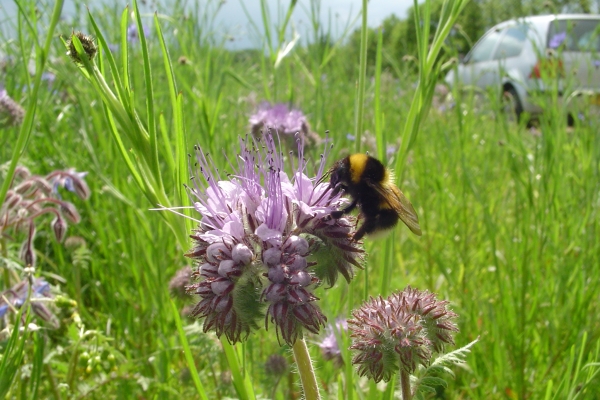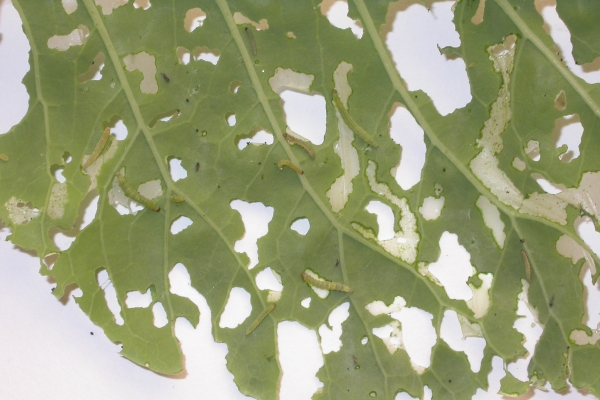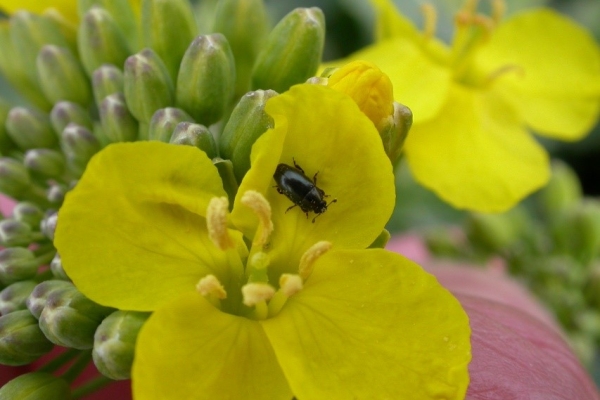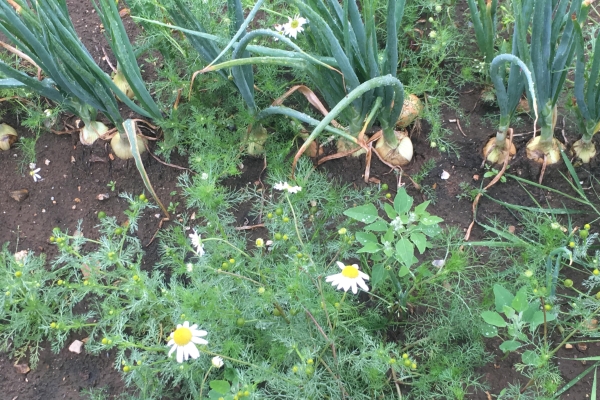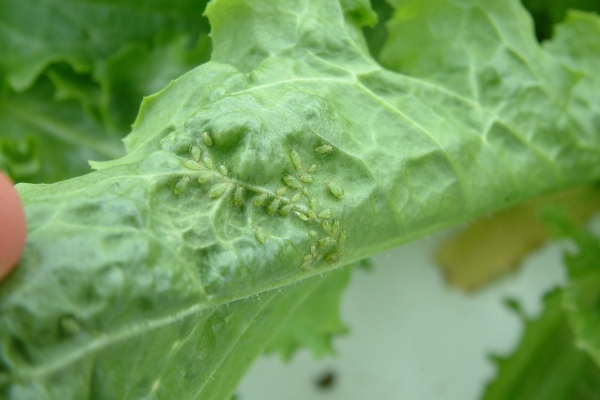Biopesticides – pros and cons
Warwick Crop Centre - The AMBER project
Resource explained
Biopesticides are safe crop protection products based on micro-organisms, plant extracts and other natural compounds and have a range of attractive properties for integrated pest management (IPM). This is a page that was written as part of the AMBER project (Application and Management of Biopesticides for Efficacy and Reliability), funded by the UK Agriculture and Horticulture Development Board. The project was established to identify practical ways for growers to improve the performance of these products in their crop protection programmes. This provides a brief overview of some of the benefits and challenges of using biopesticides.
Findings & recommendations
Benefits of using biopesticides include:
- In addition to controlling pests and diseases, they produce little toxic residue, and are of minimal risk to human health.
- Many biopesticides have a zero or low re-entry and handling interval.
- Some microbial biopesticides can reproduce on or near to the target pest / disease, giving some self-perpetuating control.
- As alternatives to conventional chemical pesticides, they can help reduce the selection pressure for the evolution of pesticide resistance in pest populations.
- The risk of pests and disease developing resistance to biopesticides is often considered to be low.
- They often have good compatibility both with biological pest control agents (natural enemies) and conventional chemical pesticides, so can be readily incorporated into IPM programmes.
- They can also be useful as a second line of defence or supplementary treatment.
Downsides include:
- A slower rate of control and often a lower efficacy and shorter persistence compared to conventional pesticides.
- Greater susceptibility to adverse environmental conditions.
- Greater level of knowledge required by the grower o use them effectively.
Also see ‘What are biopesticides?‘
Access the AMBER project here.
Header image shows powdery mildew on cucumber (taken by Scot Nelson)

